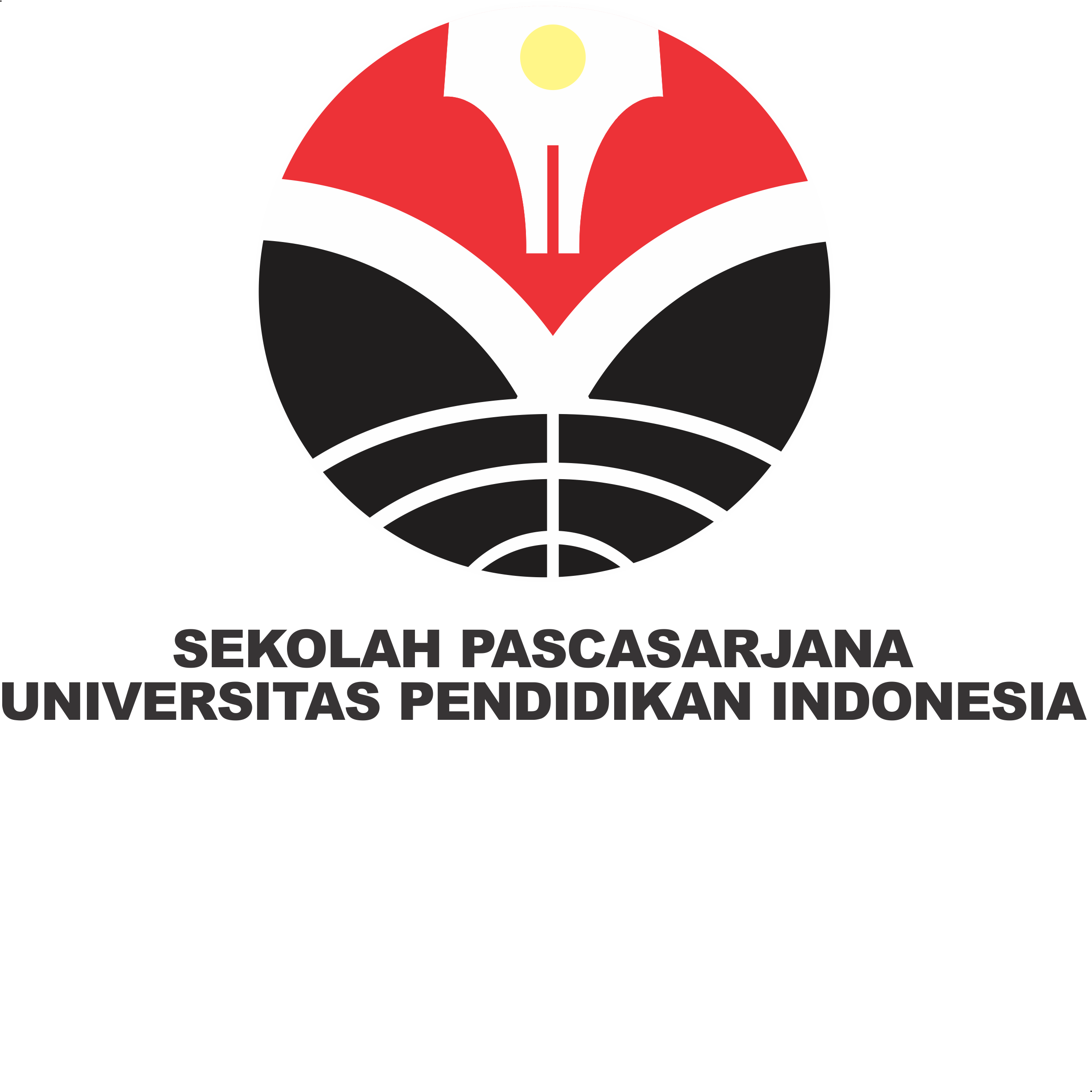Analysis of Problem Solving Abilities of Junior High School Students on the HOTS Problems
Abstract
Problem-solving is one of the abilities that are essential in mathematics learning. Students who have the skill can understand, plan, and solve an uncommon problem by using mathematical models and look back of the results obtained. This research aims to analyze the problem-solving steps of HOTS problems according to Polya which can be achieved by junior high school students. This research was designed in descriptive qualitative that involved 30 students consisting of three levels: high, medium and low-level students. Data were collected by using a HOTS problem test and an interview. HOTS problems are measuring instruments used to measure high-level thinking skills. The results showed that the high-level students are able to solve the problem but have not been able to look back of the results, the medium level students are able to reach the steps of making mathematical models, while the low-level students are not able to make mathematical models. It shows that student's problem-solving skills in junior high schools are different with respect to the abilities of each















